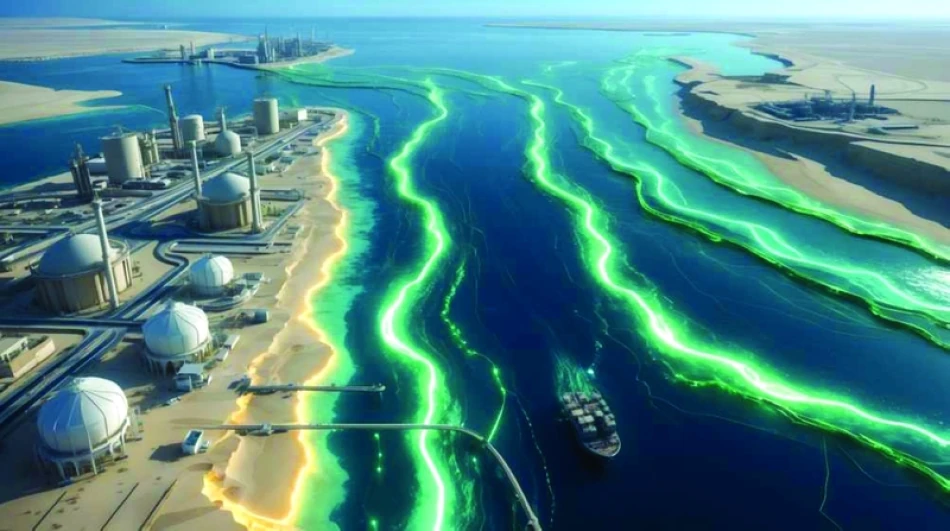
How Desalination is Reshaping the Water Cycle in the Arab Gulf Region
A new study from Khalifa University reveals that desalination plants in the Arabian Gulf could increase six-fold by 2050, dramatically altering local water conditions. But here's the surprising part: the Gulf's natural water circulation might actually help offset the worst environmental impacts, at least for now.
The research, published in Marine Pollution Bulletin, was conducted by Dr. Mariam Al Shehhi and Faheem Abdelgafoor from Khalifa University, working with scientists from MIT and Yonsei University in South Korea. They found that while desalination significantly changes local salt levels and water flow patterns, the Gulf's natural dynamics could provide a buffer against severe ecological damage.
Here's what happens: desalination plants discharge highly concentrated brine water that's saltier, denser, and warmer than surrounding seawater. This waste water sinks to the ocean floor and spreads outward. The researchers used high-precision ocean modeling to simulate various scenarios, from zero desalination to a hypothetical 50-fold increase from current levels.
The results show significant local changes. In the most extreme scenario, salt levels near the southern coast increased by more than 2 grams per kilogram, while temperatures rose by 0.6 degrees Celsius. These changes shifted local currents, pulling fresher surface water toward desalination sites while dense brine water flooded the sea floor and flowed out through the Strait of Hormuz.
But here's where it gets interesting: the study found a 20% increase in water flow rates in and out of the strait. This enhanced circulation helps mix Gulf waters both vertically and horizontally, creating a natural flushing system that maintains relatively stable temperature and salinity levels across the entire basin.
The enhanced water exchange with the Gulf of Oman acts like a natural reset button, preventing the Gulf from becoming a stagnant, hyper-saline body of water. The density differences created by brine discharge actually boost this natural circulation rather than disrupting it.
For Gulf states heavily dependent on desalination, this research offers cautious optimism. Countries like Saudi Arabia, UAE, and Kuwait rely on desalinated water for up to 90% of their freshwater needs. As populations grow and climate change intensifies water scarcity, desalination capacity will only expand further.
The researchers emphasize their findings represent maximum potential impacts under ideal conditions with uniform brine recovery and perfect plant distribution. Real-world effects might be less severe, but they warn that combining massive desalination expansion with rising temperatures from climate change could still create long-term problems for marine ecosystems.
This study matters because it's the first comprehensive look at how large-scale desalination might reshape Gulf waters. Previous research focused on individual plants or small areas. Understanding these basin-wide effects is crucial for countries planning major desalination infrastructure investments worth billions of dollars.
The findings suggest that while the Gulf's natural systems provide some protection now, there are limits. Policymakers need to consider cumulative effects as they approve new desalination projects and plan for a future where water security increasingly depends on turning seawater into drinking water.
Most Viewed News

 Sara Khaled
Sara Khaled






